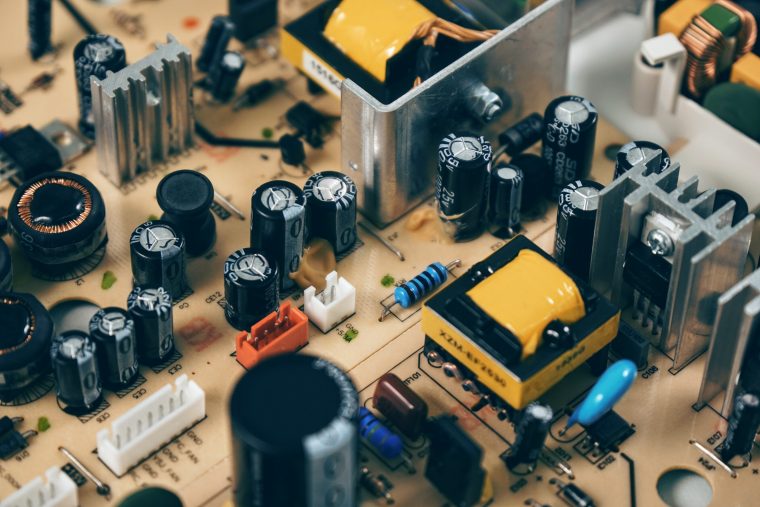Power Electronics & Energy Conversion
We are experts in power electronics and energy conversion. We can produce a range of power topologies to provide a solution that meets your requirements.
With the advent of the green energy revolution the relevance of the field of power electronics and energy conversion has never been more clear.
We have over 30 years of experience in this field.

Having been involved in the drives and control industry during that time the skills amassed can be directly transferred to a number of different applications.
We can work with a range of power devices ranging from the humble rectifier Diode to the latest Silicon Carbide MOSFETs. In addition we can also design tailor made magnetic solutions that are a critical part of the power electronic system. By using SPICE simulation techniques a huge amount of uncertainty can me removed from a concept even before a PCB design is commenced.
We have experience of Marine Propulsion, HVDC systems and high power Switch Mode Power supply development, as well as Induction Heating.
Use of Power Electronics
They can be utilised in many ways, including powering electric motors, converting AC into DC, and much more. This video will give an overview of how power electronics work and how they’re used.
Application
They are used to convert electrical energy into mechanical motion, such as turning a motor’s armature with electricity. They also allow us to control the flow of current through devices by using switches and relays.
Types of Power Electronics
There are two main types: switching power supplies (SPST) and linear power supplies (LPS). SPSTs use semiconductor switches to regulate voltage and current while LPSs use inductors and capacitors to do so.
Conclusion
In conclusion, there are many different types available today. They are used in many different applications such as powering electric motors, controlling DC/AC inverters, and more. Understanding how these devices work will help you better understand them when designing circuits.






